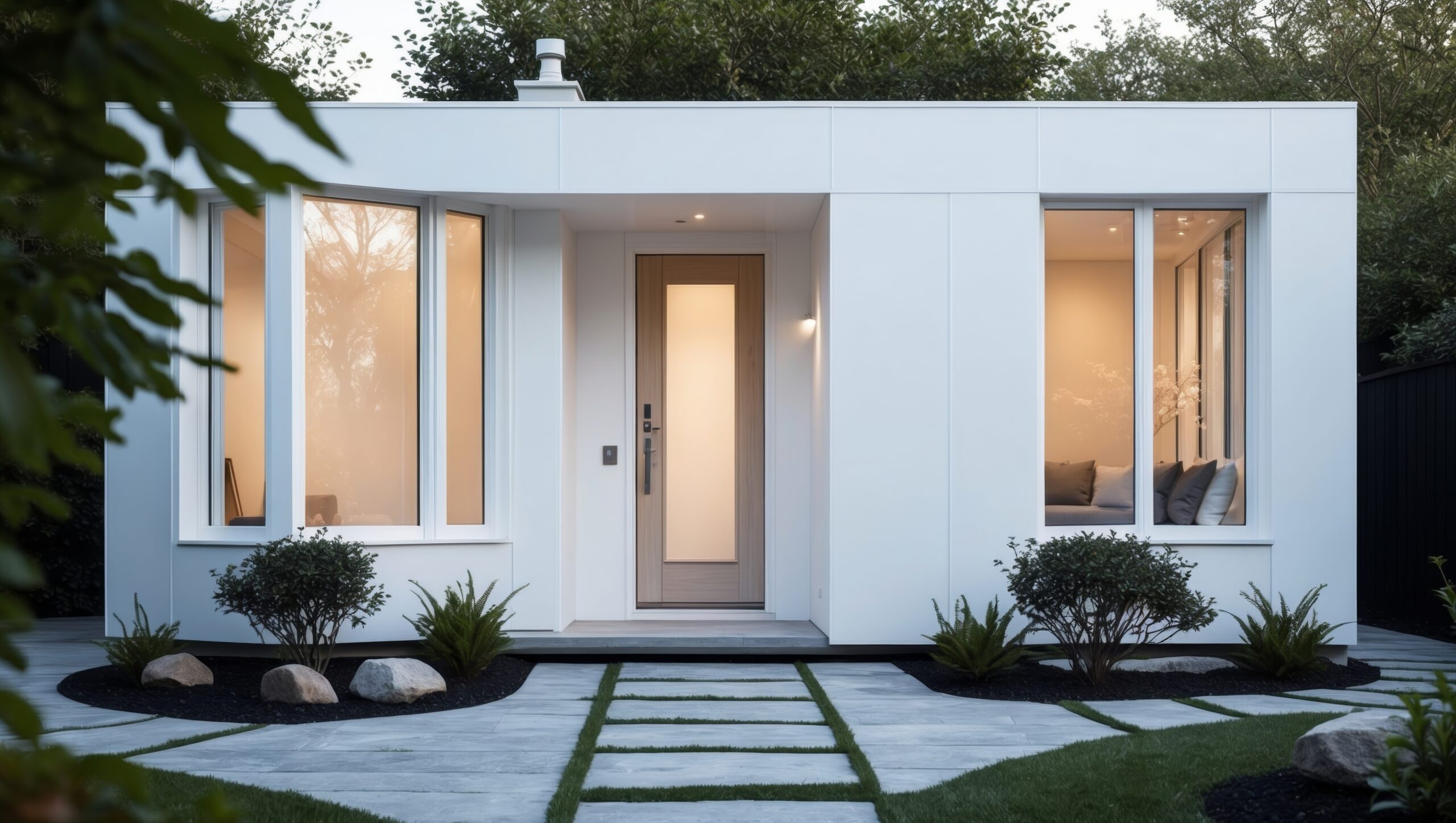Accessory Dwelling Units (ADUs) have become an integral part of modern housing solutions, offering versatile options for expanding living spaces. Defined as secondary housing units on a single-family residential lot, ADUs come in various forms, including attached units, detached units, and garage conversions. These compact homes are gaining traction in urban planning due to their ability to increase housing density without significant changes to existing properties. According to a report by the Urban Land Institute, ADUs are increasingly popular in urban areas as a solution to housing shortages and affordability issues.
In eldercare, ADUs present a compelling alternative to traditional options. Many seniors face limitations with current eldercare facilities, such as high costs and unfamiliar environments. ADUs offer a personalized and familiar setting, allowing seniors to remain close to family while enjoying their own space. This proximity can provide emotional and psychological benefits, as being near loved ones often enhances well-being. A study by the AARP highlights the effectiveness of home-based eldercare, emphasizing the positive outcomes of keeping seniors in a home environment.
When designing ADUs for assisted living, certain elements are essential to create a senior-friendly space. Accessibility features such as ramps, wide doorways, and non-slip flooring are crucial for safety and ease of movement. Incorporating technology, like emergency alert systems and smart home devices, can further enhance safety and convenience. Thoughtful interior design plays a significant role in crafting a comforting and functional environment. Successful transformations, such as those seen in various case studies, demonstrate how ADUs can be adapted to meet the specific needs of senior residents.
For homeowners, the financial and logistical benefits of ADUs are noteworthy. Compared to traditional assisted living facilities, transforming an ADU can be more cost-effective in the long run. ADUs can also increase property value and appeal, offering a return on investment that benefits homeowners financially. Managing eldercare at home simplifies logistics, reducing the need for external facilities. Financial experts often highlight the economic advantages of ADUs, noting their potential to enhance property value while providing a practical solution for eldercare.
Beyond financial aspects, ADUs can positively impact family and community relationships. They offer a means to strengthen family ties by keeping loved ones close, fostering a supportive environment. Real-life stories abound of families who have successfully integrated ADUs for eldercare, experiencing enriched family dynamics. While challenges may arise, such as maintaining privacy and independence, solutions often involve clear communication and setting boundaries. Culturally, multigenerational living is valued in many communities, and ADUs support this lifestyle by accommodating eldercare within the family home.
Regulatory considerations are crucial for homeowners interested in constructing ADUs. Local regulations vary, and understanding them is essential for a successful project. Regions with supportive ADU policies offer opportunities for homeowners to expand their properties with fewer hurdles. Government incentives can further encourage ADU development, making it more accessible to those interested. Homeowners should consult local authorities for guidelines, such as those provided by Tucson’s Planning and Development Services, to navigate any regulatory challenges.
Looking ahead, ADUs are poised to play a significant role in future housing trends. Emerging designs and technologies are continually enhancing their functionality, making them more adaptable to various needs. Innovations in construction and smart home technology promise to further improve the living experience for seniors in ADUs. As the housing market evolves, ADUs may address broader challenges in housing and eldercare, offering a flexible solution that adapts to changing demographics. Experts predict that ADUs will become a mainstream housing option, driven by their versatility and practicality.
In Tucson and its surrounding areas, ADUs hold particular relevance. The local climate and geography influence ADU design and construction, with considerations for heat management and energy efficiency. Community initiatives in Tucson, Oro Valley, Marana, Sahuarita, and Green Valley support ADU development, recognizing their potential to address housing needs. Local success stories highlight how ADUs have been embraced by residents, reflecting cultural preferences for multigenerational living and eldercare. As these communities continue to grow, ADUs offer a sustainable solution that aligns with local values and demographics.
In conclusion, ADUs represent a dynamic solution in the evolving landscape of housing and eldercare. Their ability to integrate seamlessly into existing properties, combined with their adaptability to specific needs, makes them an attractive option for many homeowners. As more regions recognize their benefits and streamline regulations, ADUs are set to become an essential component of modern living, offering a bridge between traditional housing and innovative eldercare solutions.


